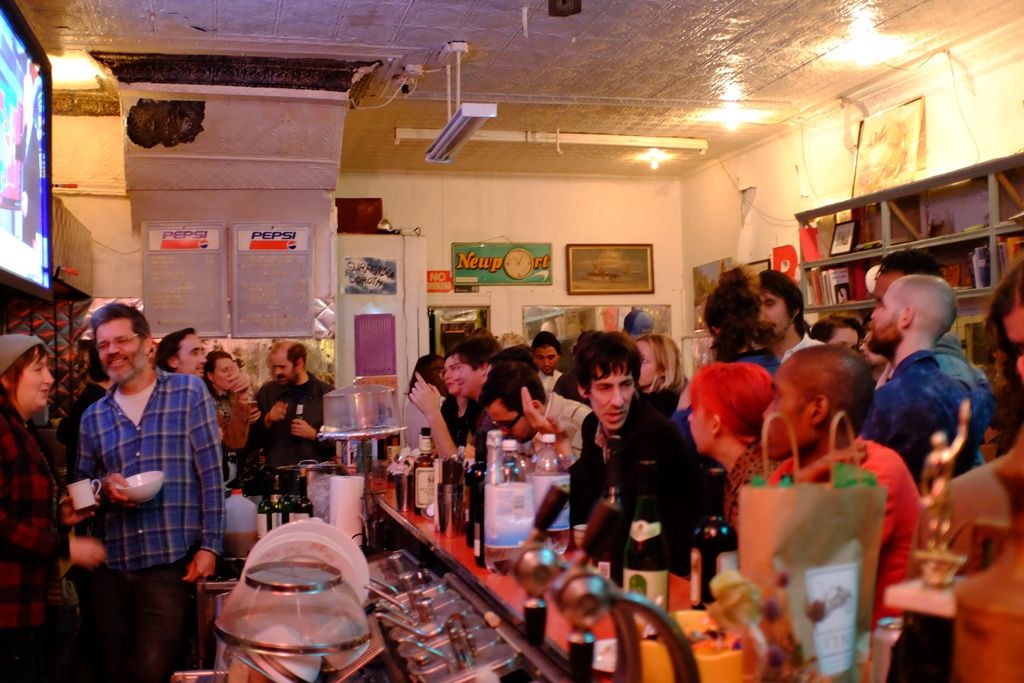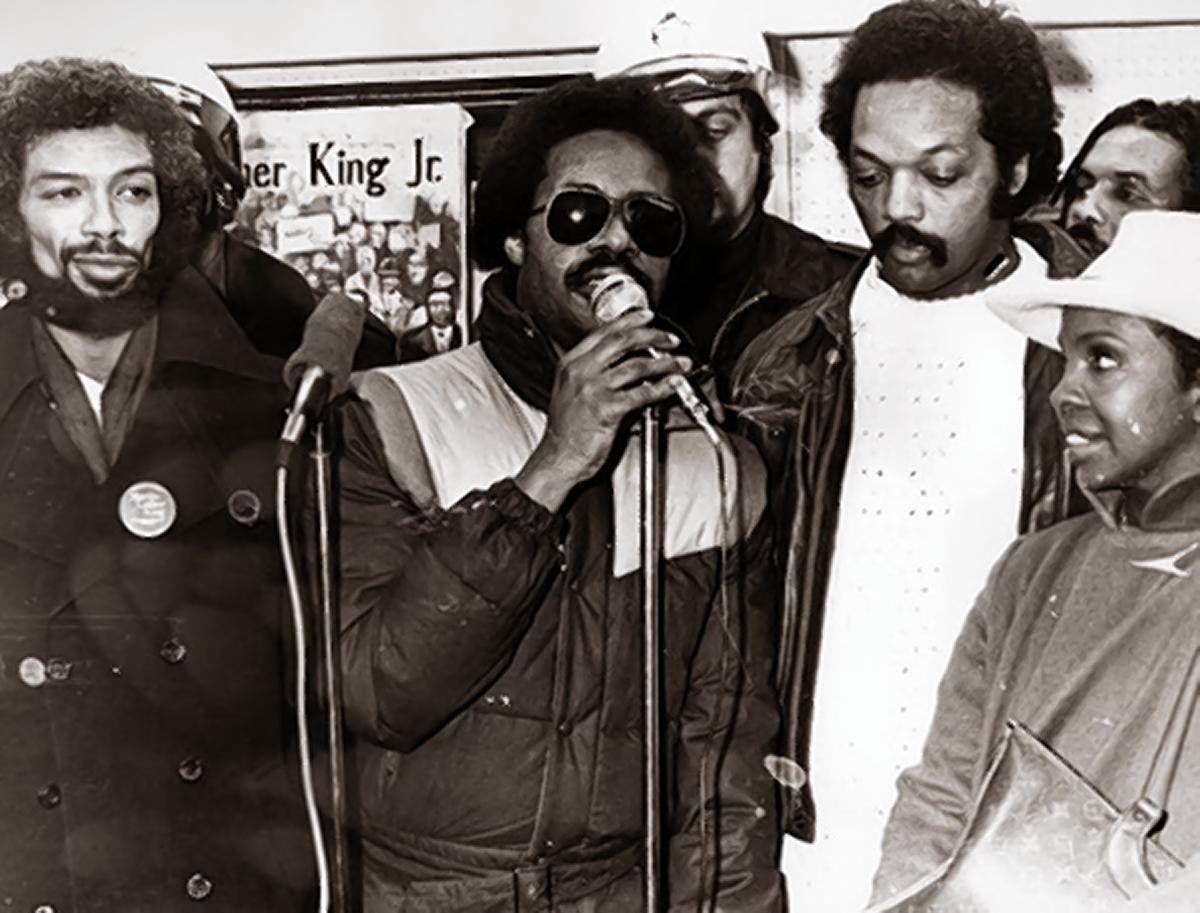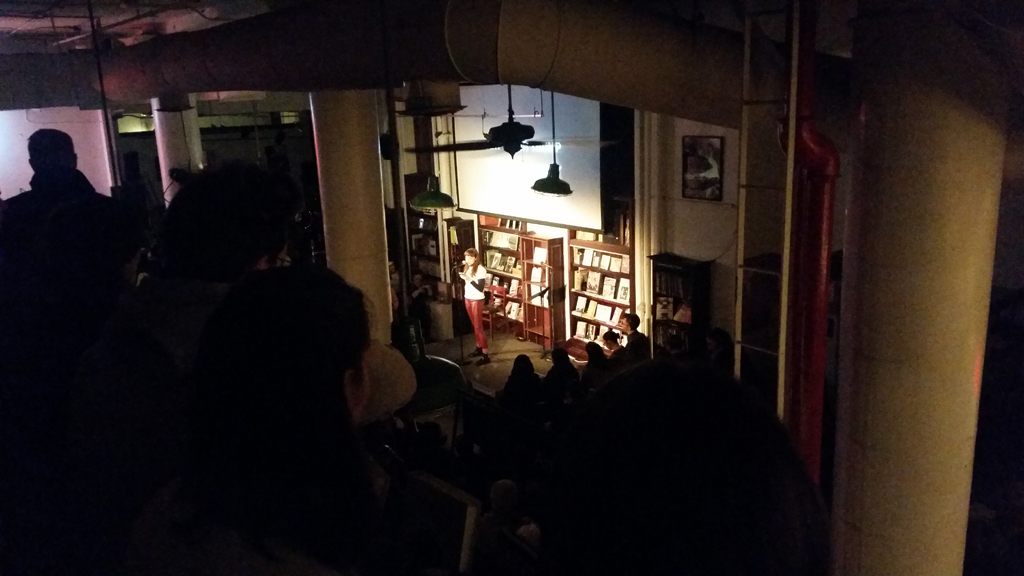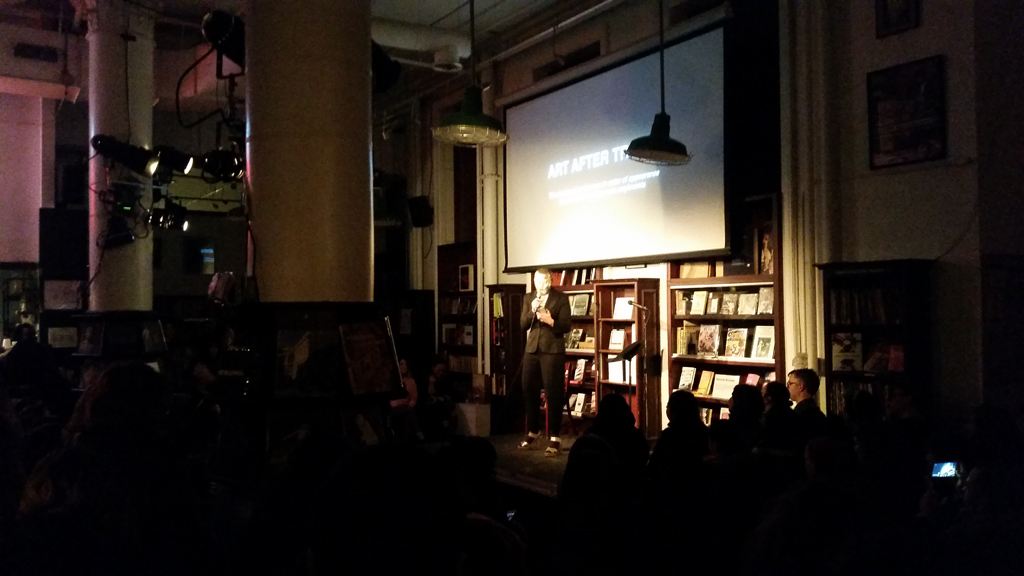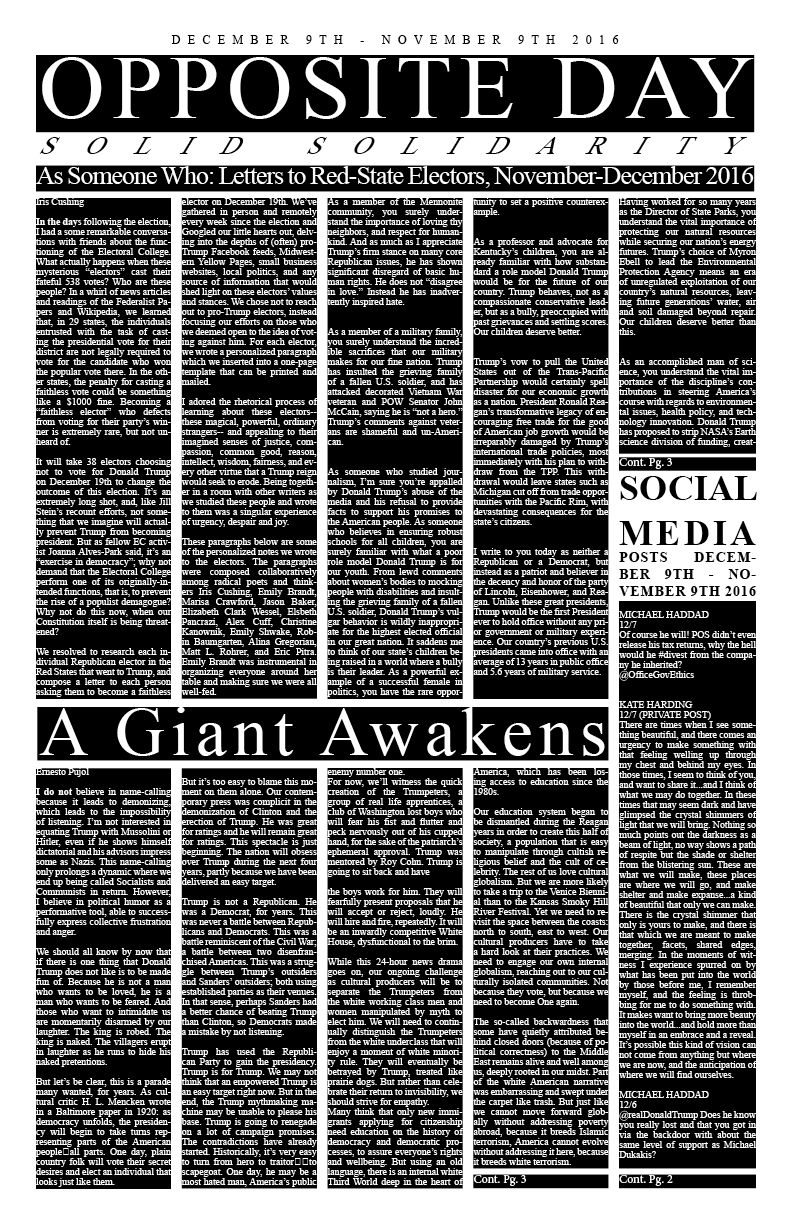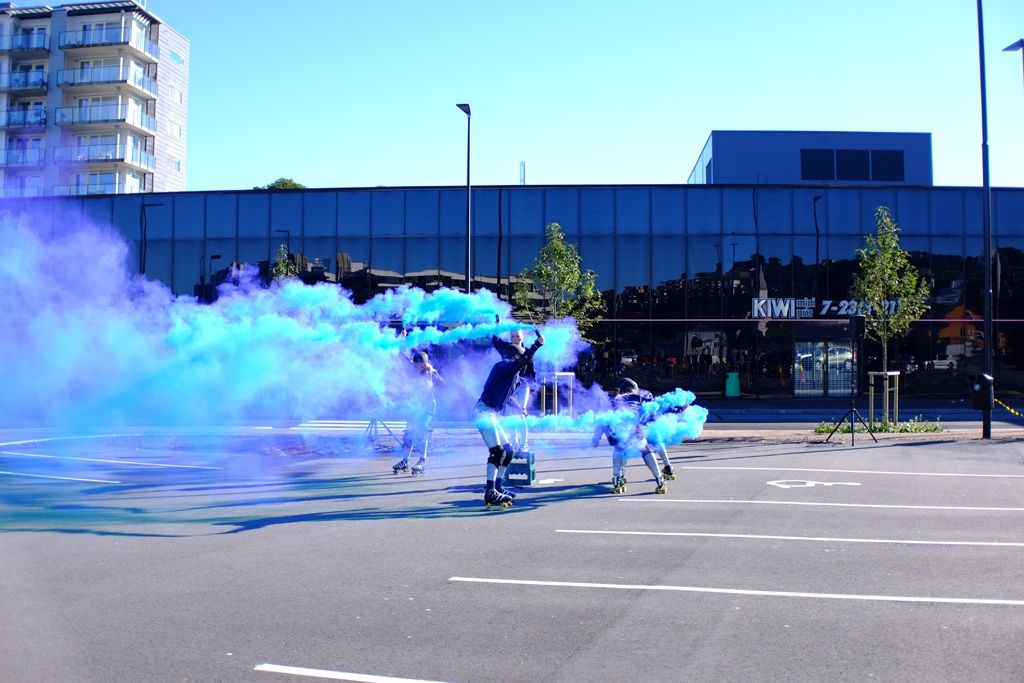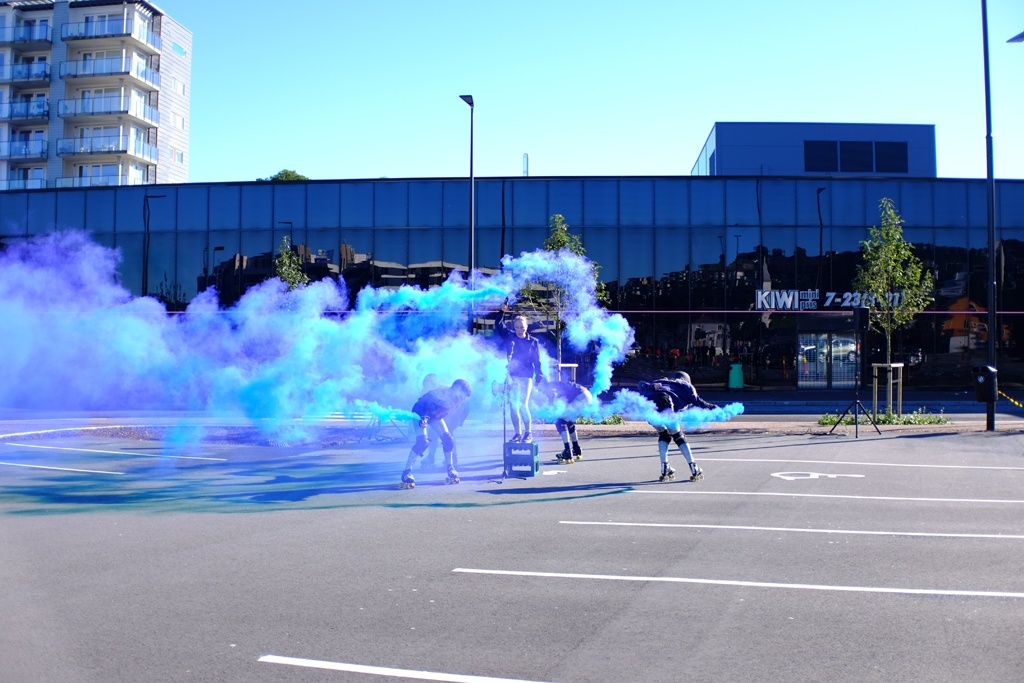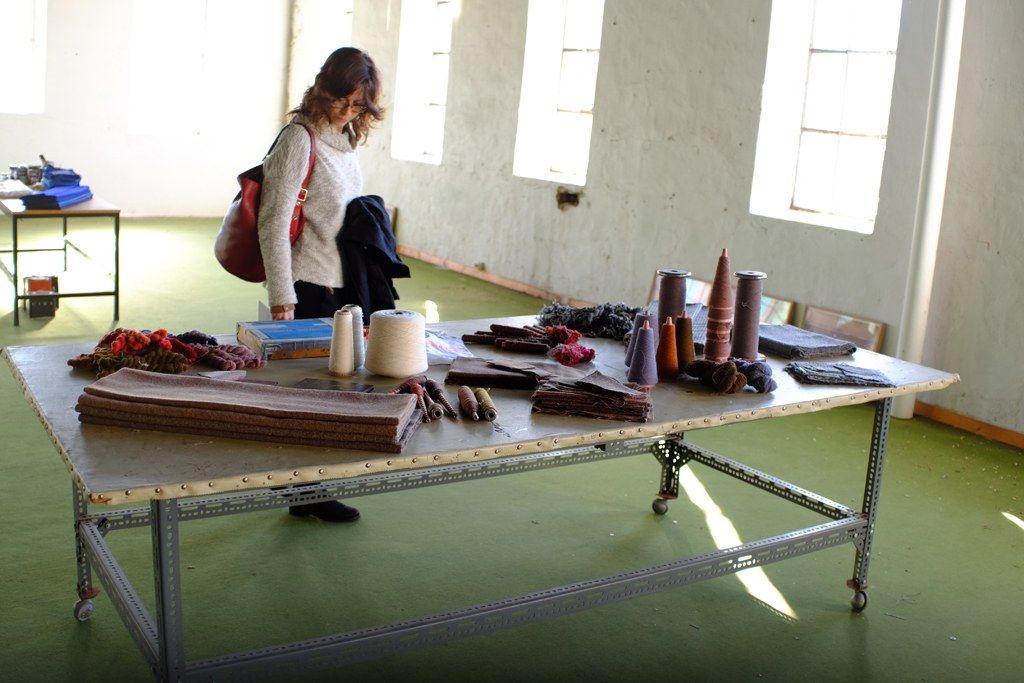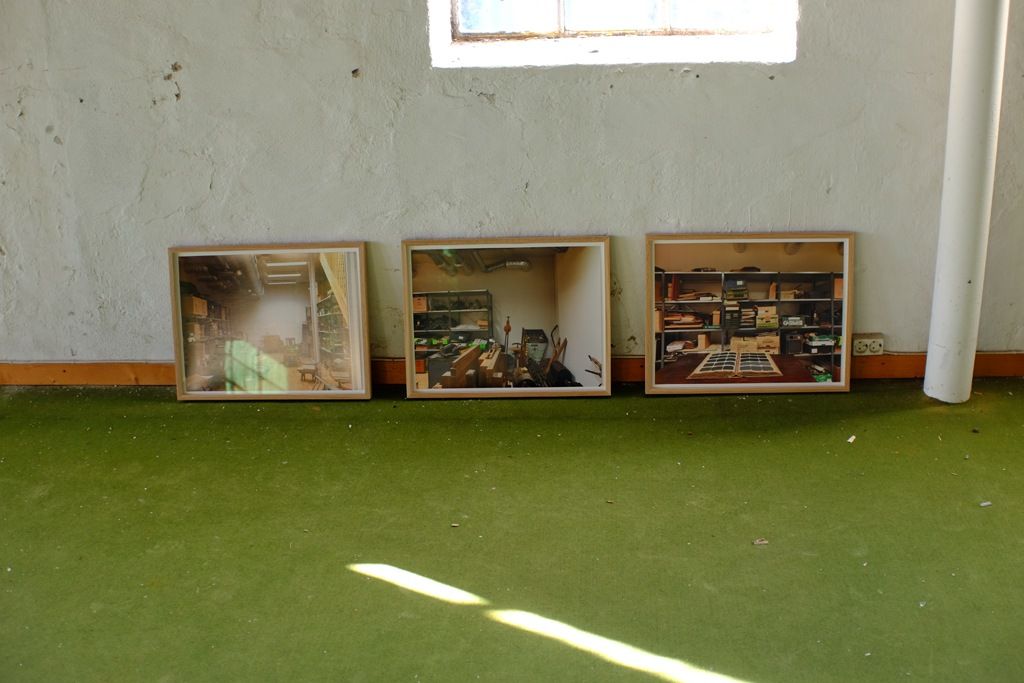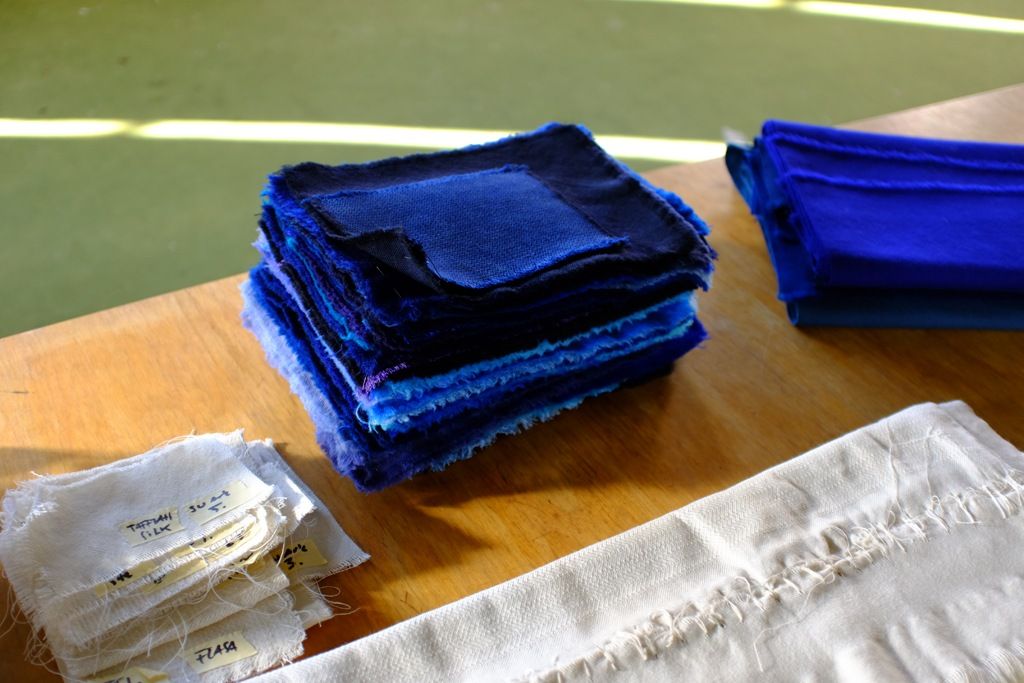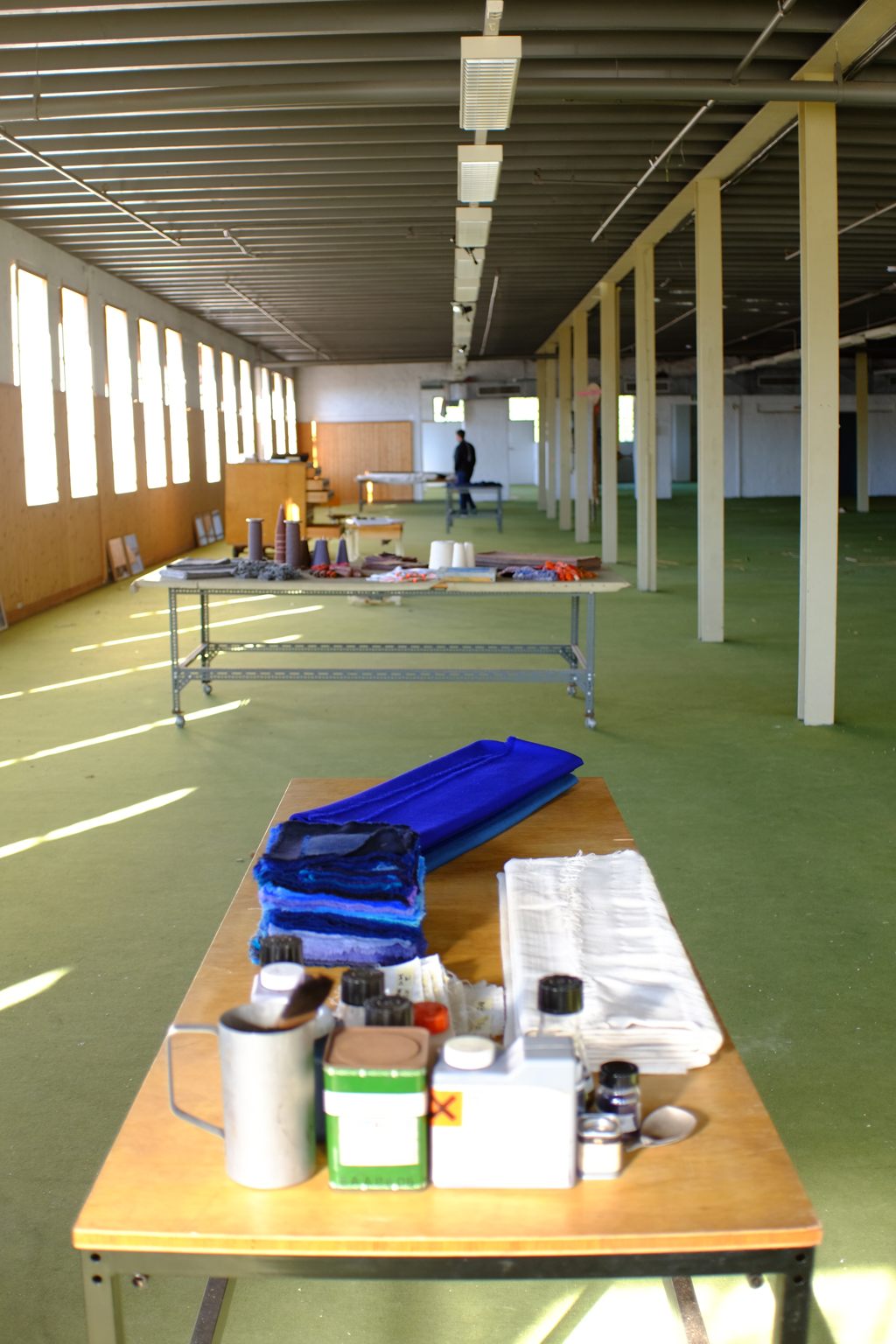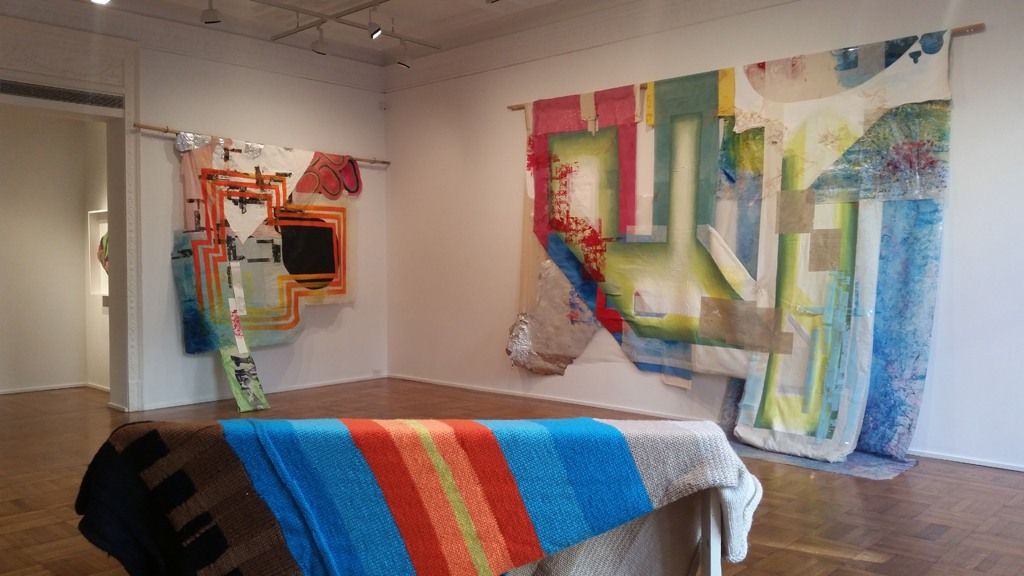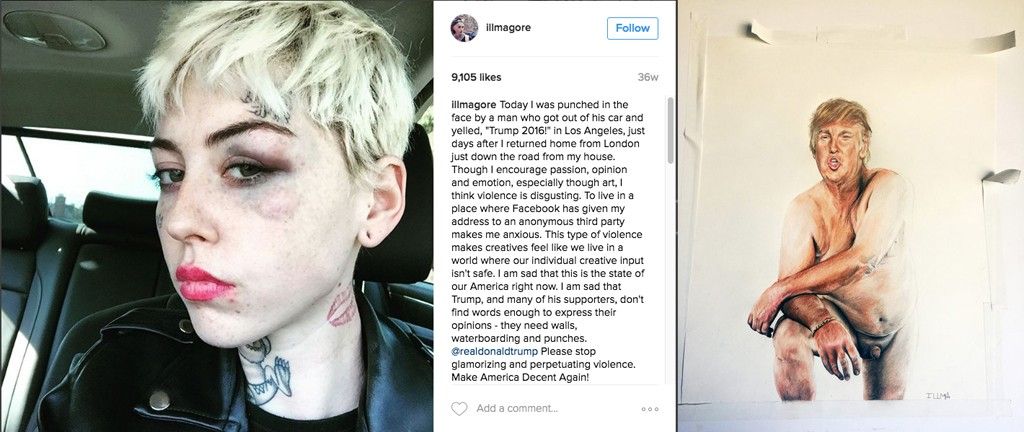The culture wars resulted in the decimation of state funding for the arts, and created a situation whereby in order to secure any public funding, arts groups and individuals must temper their message, or even collude with the state's aims. With the rearing of the ugly beast of nationalism in the US and other countries, global solidarity and interdisciplinary solidarity is more important than ever. Can art play a role in this? Can it lead? Art has never been divorced from ideology, and contemporary art has its own ideological role. Think of the CIA’s funding of AbEx or the Clinton’s State Department’s “Smart Power” project (a form of “soft power diplomacy”) that funded social practice work to leverage our diplomatic relationships with countries such as Pakistan, Kosovo, China. Arts and culture, starved of public funding as they are in the US, were given a starring role in Obama’s administration, as evidenced by the mutual embrace of popular celebrity figures by the Obamas themselves.
A national “Art Strike” is planned for January 20th, Inauguration Day. While we might wonder why the focus from the art world is on an “art strike” led by several notable “political artist” voices, rather than on a general strike that could be subtly led by artists, the idea seems to be to co-promote a general strike in all sectors of the economy, starting with affinity groups. Artists and workers in arts institutions – while often at radically different ends of a spectrum of class, privilege, education, and social mobility – are presumed to be “in sympathy” or at least working within the same “sector” of the economy. It remains to be seen what the art strike will look like. How does an artist go on strike? By taking the day off? As many artists are effectively self-employed, or teach, it is unclear what “taking the day off” would mean in this context. Many artists in the US supplement their art practice with jobs, so do they strike from making/viewing/consuming art and any function of their job on J20? And if your art is about the political and the art strike is your new project? If I am making a film about life in post-Trump America, do I film at the inauguration as part of the strike? Or do I sit this one out, refusing to make art as I would on a usual day? More broadly, let us consider what our role can be as artists in the growing resistance. Is it to organize other artists? To model solutions? To critique and put our (arguably, in some cases) more privileged bodies on the frontlines? This is not meant by any means to argue with the intention of the strike, but I would argue that the model for Martin Luther King Day, sometimes called a “national day of service” or “a day on, not a day off,” could apply to the J20 art strike. Similarly, I would suggest that an art strike should function as a strike with art – rather than a break from it – and that art versus Trumpism’s brand of no-infotainment culture has more revolutionary potential than it does under a neoliberal order. And that for one day even those artists whose art practices don’t tend toward service might imagine what their art could do in the service of one of the many causes that finds itself under attack by the incoming administration, not the least of which will be art itself. Under Neoliberalism, art is so often the carrot that distracts from the stick of military domination and the bread and circuses of ancient Rome. Trumpism resembles fascism in announcing that there is no need for a carrot. The politics itself becomes the circus, and Trumpism, the culture. The Constitution A noble piece of paper With free society Struggled but it died in vain And now Democracy is ragtime on the corner Hoping for some rain The only time I got to see Scott-Heron perform was to a near-empty house at the Spiegeltent, a reconstruction of a Belgian travelling theater tent that served as a pop-up venue on a pier in lower Manhattan in the mid-2000s. It was an early show. A friend was working the door that night, and I showed up long after the show started – convinced I’d never get in and so expecting to hang out at the door with my friend for the night. Instead, the house was almost empty, and maybe half of the thirty people there seemed to be waiting around for the night’s second show. It was cold out. I remember this as my friend was wearing a leather jacket under a fur coat, looking like he’d just stepped out of Mean Streets (1973). Scott-Heron was seemingly unfazed by the lack of an audience, and played each song with heart. Afterwards, he took a seat at a table in the back of the club, like anyone. All told it was a glory-less night for a living legend who has been called the “Black Bob Dylan,” though I hear he never appreciated the reference (“Dylan can’t sing”). When I went over to compliment Scott-Heron on the show, he was kind and almost shy, sincerely thanking me for being there. Back to Winter in America. In a democracy, you come to expect political swings and shifts just as we expect seasons. But the current swing to the far right risks to set us into a state of perpetual winter. We must guard ourselves against “frozen aspirations and frozen inspiration,” as Scott-Heron knew all too well the difficulty of making art that confronts and rebuffs the powers that be and their power over us. It’s good for us to think about what our art does in the world, and perhaps, for a time, we should aspire to make art that thaws, art that shakes us out of the ice. You start to relate everything to the season of ice, and so your dreams become frozen and your ideas become frozen and your promises become frozen. It is frozen days and frozen nights. It is frozen aspirations and frozen inspiration. There is something wrong. I mean, there is something wrong, I mean, there is something wrong, I mean, there is something wrong, I mean…


